Exhibition October 5, 2024 - February 14, 2025
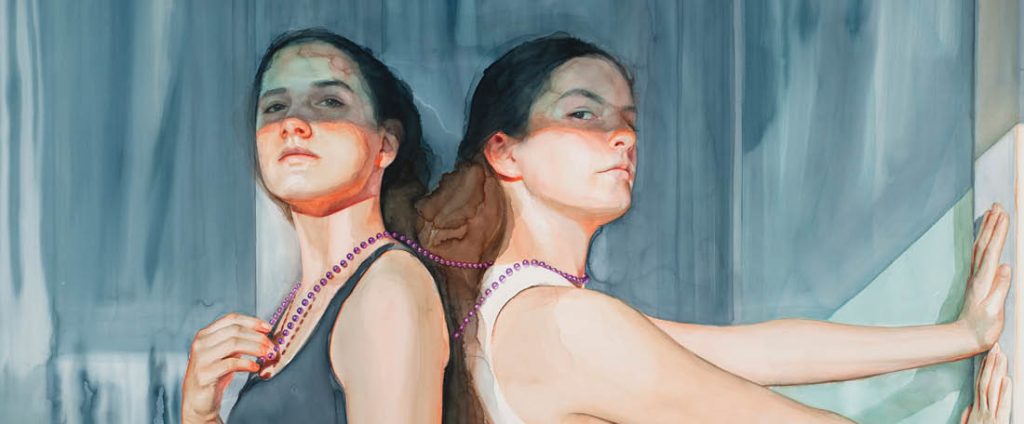
Quiet Tide exhibit catalog available now.
INTERVIEW WITH ALI CAVANAUGH : AUGUST 2024
James Walsh: Ali, what is your memory of your first artwork?
Ali Cavanaugh: When I was about maybe six or seven years old, my mom taught me how to embroider with felt and embroidery thread, and I made what they call now, little plushies. It was a little Pac-Man set. This was in the early 80s, so I had Pac-Man and three Ghosts, in three different colors. And I made it for my sister for Christmas. That was the moment when I felt that I could imagine something, and that it can come into being, and can then touch people’s lives.
JW: You were inspired by Pac-Man! A lot of people get started in their art from comic books or cartoons or some other influence. Would you relate the story of the contractor and your home renovation?
AC: We were renovating our house in Santa Fe, NM and the contractor that we used was working on all sorts of things at the house. I asked him if he would want to barter a painting in exchange for putting a courtyard onto our house. So, he said, ‘…let me talk to my wife…’. He came back to me the next day and he said, ‘Yes! We would love to do it, but my wife wants it in watercolor…can you do a watercolor?’
I had not used watercolor; it wasn’t a medium that I had worked with. I was very confident in my portrait skills, so I immediately jumped on the barter and thought, “I can do this!” I had no doubts at all. I went to the art supply store, and I got a huge piece of Arches watercolor paper, and just a handful of watercolors. And I thought, I’m going to just figure this out. When I went home, I found that the art supply store had given me two pieces of paper, not one. I did the commission on the first sheet of paper. It turned out great and the contractor and his family were happy. I divided the second piece of paper into three pieces. At the time I was working on a show that was going to be in Austin, TX at the Wally Workman Gallery. I had my imagery, I had concepts, all of that. So, for these watercolors, these three pieces of paper that I cut out, I worked with that same concept and the same model. Everything was really the same except the medium was completely different, and in those 3 watercolors I painted just using probably a Cadmium Red Medium and a Burnt Sienna, I painted it very simple, very fresh. It was that moment of just play! As if I’m not even doing anything real here.
And then they actually turned out! I mean kind of good. I showed Wally and she said, ‘…let’s frame them up and put them in the show with the oil artwork’.
At the opening of the exhibition so many people responded to those watercolors in such a big way, bigger than my oils, and with a better response than anyone had ever had to my oils. So, it was really a turning point, opening up to watercolor as a new path that I wanted to go down in my work.
We had moved to Santa Fe so that I could get my work established there. At the time, this was 2001 when we moved, you really had to be in an art city to get your art established. This would be before the Internet was a place for buying and selling art. We moved there and I developed lots of relationships with art galleries on Canyon Rd. I was taking my kids every Friday to the gallery openings, and I was getting to know the art scene very well and getting to know people. I was showing galleries my work and people would say, “your work is good, but it’s just not something we can sell.” Looking back, I can see why, because the concepts that I was dealing with in my work at the time were very heavy, and then the oil medium itself was very heavy. It was much too ‘heavy.’ When I did those same figures, same concept, same emotion, all of that, but paired it with watercolor, it was very light and airy. It made the heavier emotions feel more ethereal instead of too heavy. It was something that I followed intuitively. People were receiving these watercolors very well and that is what I needed to develop.
JW: Getting the response from the watercolors in the Austin show, was it like being hit by a lightning bolt? Or did the realization take a few weeks? A few months? I know that you did some real wood shedding to develop the watercolor, but how did you feel when you got back to Santa Fe?
AC: Well, if anyone’s ever driven from Austin to Santa Fe, it’s beautiful, and there’s no distractions, and so I really sat for that drive home with a lot of emotions. It was during that drive that it hit me, and I thought to myself, no one has ever responded to my work like this. Previously I had won a lot of awards with my art. I went to art school on a full tuition scholarship. There were a lot of accolades that I had received and I was confident in my work. But now I felt like what I was saying was resonating with others. I felt like this was that big breakthrough. Wow, people are responding to this — it’s what I was hoping for in my work. On that drive back to Santa Fe I thought, ‘… when I get home, I’m going to dedicate myself to watercolor, and I’m going to do it for six months and just focus only on that’.
I bought more paper. I bought more colors. I just started working and was not distracted by anything. I gave myself six months of just pure painting, and not trying to do anything else during that time except explore the medium. Little by little, with every painting, I was working on my color palette, I was working on composition, I was working on pattern, all of those things that I love that had been in my work from the very beginning. After those six months I revisited those galleries in my top ten list of favorites in Santa Fe. I put a marketing package together with slides and sent those out to the galleries. I had a self-addressed stamped envelope in the package for them to respond to me and every single response was positive.
JW: Our exhibition of your works entitled, ‘Quiet Tide’ at the Sam and Adele Golden Gallery features several different series, and we’ll encourage readers to go to your website, alicavanaugh.com, to get a little bit more context for those series of works that we were unable to include in the show. In our exhibition we have works represented from the Smolder series. And then several from Immerse. So, these series — do they have a beginning and an end? Do you work them and then you move on, or do they overlap?
AC: For me, in developing a series, a lot of times the group of paintings are for an upcoming show and putting parameters on the paintings helps form the direction or theme. When I have a show, I am playing around with maybe a certain color palette, or a certain concept, like with the Immerse paintings. Immerse was a huge shift because I was transitioning from paintings with the highly developed figures and black background. Those were paintings of my oldest daughter. At the time she was finishing high school and starting college. We had a good kind of collaborative energy going over the years with all of the paintings of her, starting with my first painting of her in utero when I was in New York. All of my oil paintings were of her, and her friends, and then most of my watercolors were of her up until 2013 when she graduated high school. In 2014, she went to school locally and then she moved away. So, I had a big push behind me of excitement for a new movement that was going to be happening in my work. I knew that there was going to be a big change. I could just feel it. It was time for this chapter to close and a new chapter to begin. I was inspired one night in my studio by my youngest daughter, Saoirse. She was 2 years old at the time. She just struck me with the most beautiful presence as she was staring into space and I was just like, ‘ohh, this is it’… it was that moment of inspiration! I did a painting of her entitled ‘Lost’, and I put it out there, and the response was even better than all the paintings that I had done before. I could tell the energy was so positive. I thought, I’m jumping in and painting this girl! She inspired me. She was different than my older daughter because she has an openness to her expression — and she was a baby!
I did a whole series painting her in the same method that I had painted my older daughter. I was approaching the physical material in the same way that I had been for the previous eight years, but my younger daughter was so different and needed to be painted differently. I just felt as if the way that I was painting her wasn’t true to her spirit. So, when I started developing the Immerse works, I started using an underpainting of Ultramarine Turquoise, which has become my signature color. I built the Immerse series on that color, and the works became a ‘water baby’ theme that was ethereal and otherworldly. My gallery at the time in Boston was taking me to Art Hamptons for the art fair in 2015. I wanted some big pieces for that art fair so that pushed me to go big, paint big. The opportunity of the show pushed me out of my comfort zone. The paintings went over really well and that series started a whole new movement in my work.
The following year another gallery was taking me to the EXPO Chicago, and I wanted to move into a little bit darker palette. I wanted to lean into Payne’s Gray a little bit more and work with a little bit older model. For the Smolder paintings I revisited Milly, a muse that I painted for a series in 2009, and her niece Allisone. They had great energy together and perfect for the darker color palette that I was exploring.
The next series was Chroma. That series was painted for Art Palm Springs. When I pictured Palm Springs, I visualized a candy bowl filled with colorful candies. The colors of Palm Springs are so vibrant. And so, I painted this whole series, a wall of little paintings and I call them the Chroma series (there are three of those in the Quiet Tide exhibition). Those were just experiments. Each one was a little journey. I would take a color or two colors and play with emotion and presence, and technically with what the material could do. I named each series of artwork after the series was finished, but during the creation of the works I’m on a journey, just kind of exploring, keeping the inspiration open, but limiting the color palette and working with certain models to keep my parameters.
JW: As to the selection of subjects for your paintings, no one is a stranger. You know everybody, you have a relationship with them. Some are in your family, some outside the family but close, and that’s critical…
AC: It is.
JW: Can you describe how photography is involved to prepare for the paintings?
AC: Well, I think all of us know that if we’re close to someone, and we really love them or we’re sharing our space with them, there are those moments where there’s an expression that they give that’s very complex. It’s very curious and those are the things that super-inspire me. When there’s something going on and it’s beneath, it’s in there.
And what is on their face in this moment shows an openness. The catalyst for my figurative work is connecting with that, that mystery in there. What are they thinking? What are they feeling right now? And it’s like the most beautiful moment when they’re completely open. When they’re not trying to smile. When they’re not trying to be anything for a certain look for the camera. I’m using the camera in a way to try to get into that moment when they are unguarded. I just want that natural, relaxed openness where you can see someone is thinking and there’s a deep presence there. Kids get that way whenever you are reading a story to them. I have different things that I do to break down that barrier when I’m with my model.
Having cameras on the phones, it’s amazing because, as soon as someone is in that moment, I’m like ‘snap.’ I have it before they even know what happened. My 70,000 pictures on my phone, that’s my sketchbook. I have to pay so much money for storage because I have so many pictures, but it’s my sketchbook and it’s where I get my inspiration so it’s worth it. I use photography sometimes pretty loosely in the final painting. I might combine as many as 5 or 8 images just to get a final painting.
JW: Do you print several images? Or will you just be looking at your screen?
AC: Well, I use both. It just depends. Sometimes with the bigger paintings I print references out, because I need the scale of it. The image needs to be a bit bigger so that I can step back in my studio while I’m working. But a lot of times I’m working from the screen, I don’t even need to print it. I like the screen, especially with the older work. When I say older, I mean 2007 to 2015 that was very highly defined work. The screen has a luminosity to it. I think it’s easier to see color. Printing kills the color a little bit. That can be interesting too, but the screen is great because you can really blow it up and get super-detailed.
JW: About your subjects, the kids are getting older — will the subjects change? Where’s the next generation of subjects coming from?
AC: My youngest is 12 and an incredible model and source of inspiration for me. My eldest daughter has three girls now and they are amazing. I’ve got some friends that are very inspiring, and I’ve got more painting ideas than I will ever be able to paint in a lifetime. But, what’s up next? I have a friend that I met at a dinner party and the whole time we were at dinner, I was just looking at her thinking, ‘…gosh, she is like a living painting…’. I’m excited to paint her expressions, she reminded me of some of those Dutch Golden Age paintings where they’ve got these like sneaky looks on their face, where they’re smiling, and laughing, as in some of the Frans Hals paintings. In my works I always have used the solemn expression and that’s very complex, but there was something about this dinner guest that inspired me in a different way and so I’m going to play around with that.
JW: If you’re caught staring at somebody at a dinner party, you’re given a pass because everyone knows that it’s a good thing!
AC: I hope! I have thought about that: stop staring, stop staring! In the beginning of July, we went to Virginia Beach to visit our son who went overseas and there was a guy (we were in an IHOP of all places) and this guy was right behind where my husband was sitting in the next booth over. And he had the most incredible profile — he looked like this Roman sculpture! His daughter, who was probably 8 or 9 sitting right next to him, had the exact same profile! And I was like dying — I was like, this is amazing! This is amazing! I took a couple of pictures of my husband, but I got these other people in the background. I don’t know if I would ever paint it, but just to be inspired! Photography is inspiring to me because you can just capture those immediate moments.
JW: In one of the interviews on your website, you described yourself as an ‘expressionist’, would you talk about that a little bit?
AC: I feel like I’m an expressionist — and an impressionist. I’m kind of a combination of a lot of things, and I don’t really think about it too deeply. I’ll leave that to the experts.
My work is fueled by emotion. 100%. It is about a personal emotion, and a personal experience that I have as a human with other humans. I love landscape but I don’t have that inspiration with landscape. If I try to paint a landscape, it’s terrible. I paint people, that is where my heart is. It’s the emotion that drives me. My approach is realism to a certain degree for sure, but more recently in the last 10 years it would be more so impressionism. My approach really is to make an impression in the work, not to define every single thing in the painting.
JW: In 2014 you had pulled back all your works from all the various galleries. And so here we are 10 years later. What’s going to be happening? Where are you in the world with what you’re doing?
AC: Ohh, my goodness that’s a hard one. I love helping artists, young artists and emerging artists, create a blueprint for their careers. You make these plans about where you see yourself in five years, ten years, twenty years. If you make a plan and you’re working hard on what you’re doing then all of these other opportunities can come in that you weren’t even expecting, that you couldn’t even dream of. When those opportunities come in that changes the path, it changes the trajectory. I think back to ten years ago when I was ready to get out of the whole gallery system and then moved to selling independently and doing the art fairs. So, these days I have a lot of commissions. My work has shifted to very exciting commissions because it pushes me into a new way of thinking. And then I also started Patreon five years ago. Patreon is a huge thing because that took me in a different direction that I had never dreamed of, having a watercolor community where I am coaching and encouraging other artists’ journeys. Patreon takes a big chunk of time although it’s become a self-sustaining community now. I have certain pieces of content that I make every month for Patreon. Being open to the journey of the painting, maybe it leads me to a new color combination, or what’s going to inspire me next. I try not to define it too much, but just to keep working and going forward day after day working as hard as I can and then letting the journey unfold, and staying open to new opportunities and where those might take me.
JW: OK. Here’s the trick question. What happens when you’re on the phone? What sort of doodles are they? Spirals? Little geometric boxes?
AC: I love that question. That’s so funny. I do a lot of like dot patterns when I’m on the phone and I draw arrows.
JW: Everybody does something on the phone …
AC: I’m going to be serious here. It seems like I always draw arrows — three-dimensional arrows, and I like to do dot patterns. I like to do Swiss dots. I also fold paper when I’m on the phone. Not really anything like origami, but just fold it and press it and fold it and press it — it’s not making anything. It’s just the process that I love.
JW: What have I missed? What do you want to say?
AC: I guess my default is to always encourage others that are on a journey of wanting to be creative. I think it’s the hardest job in the world to be an artist. I don’t know of many jobs that are harder. For artists to make good work, they’re always having to work on themselves. It’s like self-discovery and being honest with who you are. There are so many things to juggle when you’re an artist. So many things including just emotions and financial instability. You know, financial instability, that’s like putting gasoline on a fire, you know what I’m saying? It’s a very difficult career path. I’m always wanting to encourage people that are on this path to just be the best person that you can be. And do the best work that you could possibly do, just be honest. Be honest in your approach to the material. Be honest in what you’re saying and in who you are. Just be good. The best you can be, but that doesn’t mean to be the best in the world, just be ‘you’ personally, do the best job that you can do, and stay on that path and it’s going to be fine. It really will be fine, and just stay on the path because it takes a long time for things to pay off and come together. It takes a very long time. I’ll mentor people and I’ll say, ‘OK, you’re good for a year, let’s talk in a year. I’m giving you a long To Do List of things to work on’ and then we’ll talk a year later, or we’ll talk in two years, and they’ll say, ‘OK, now when am I going to make money here’? Or they’ll ask,’ When am I going to be able to pay the bills’?
That’s hard, that is very hard. You have to diversify. You have to do a lot of different things so that you can provide for yourself in order to create the work, but eventually the work will get to that point where it has a really beautiful complex aesthetic that has been developed over time, and then that becomes sought after. It does happen, but it requires fortitude.
– James Walsh
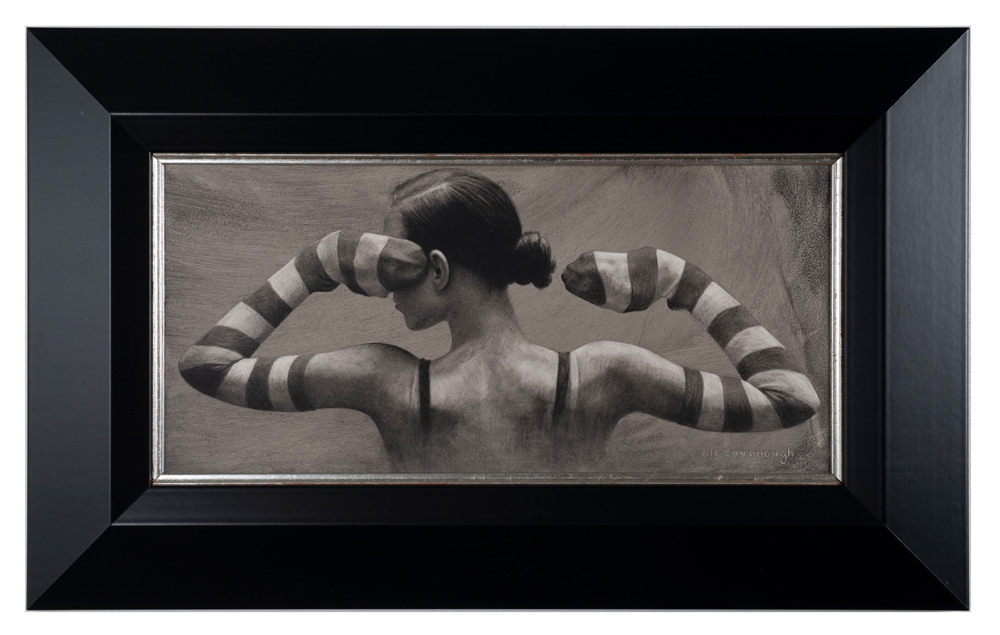
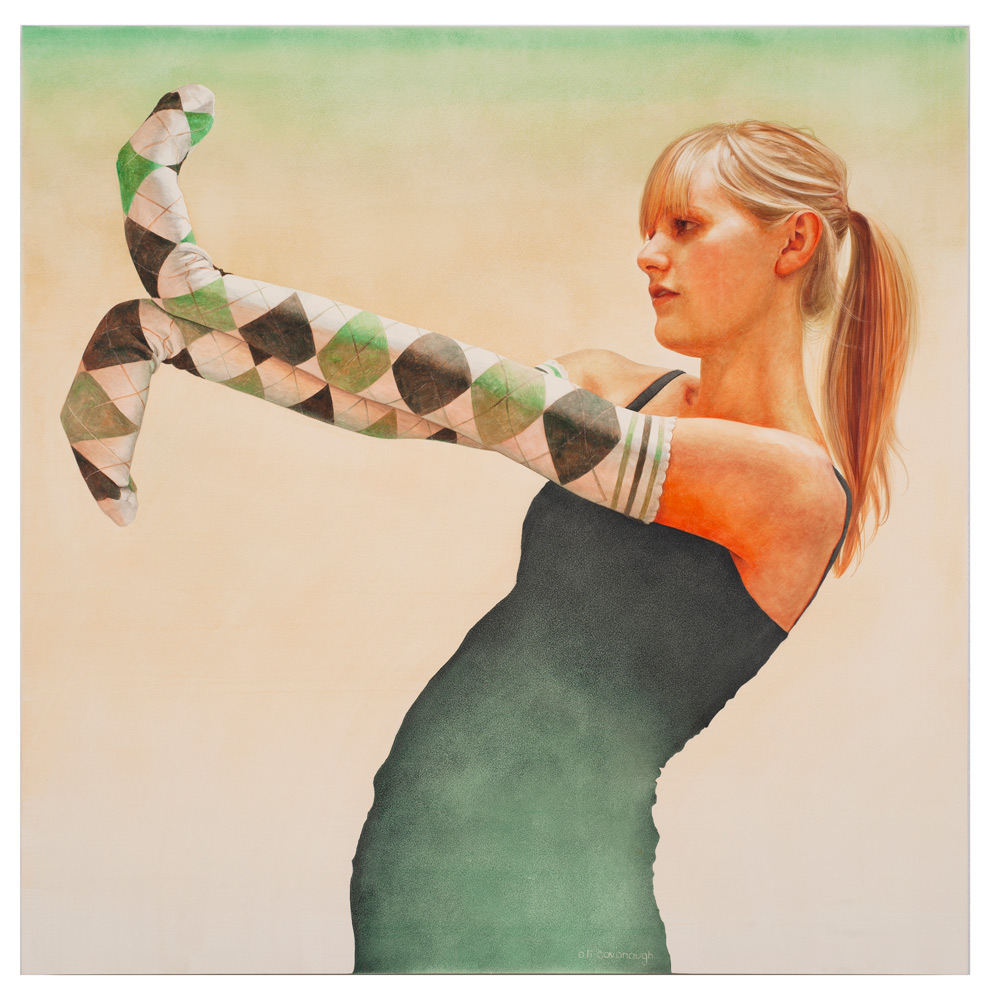
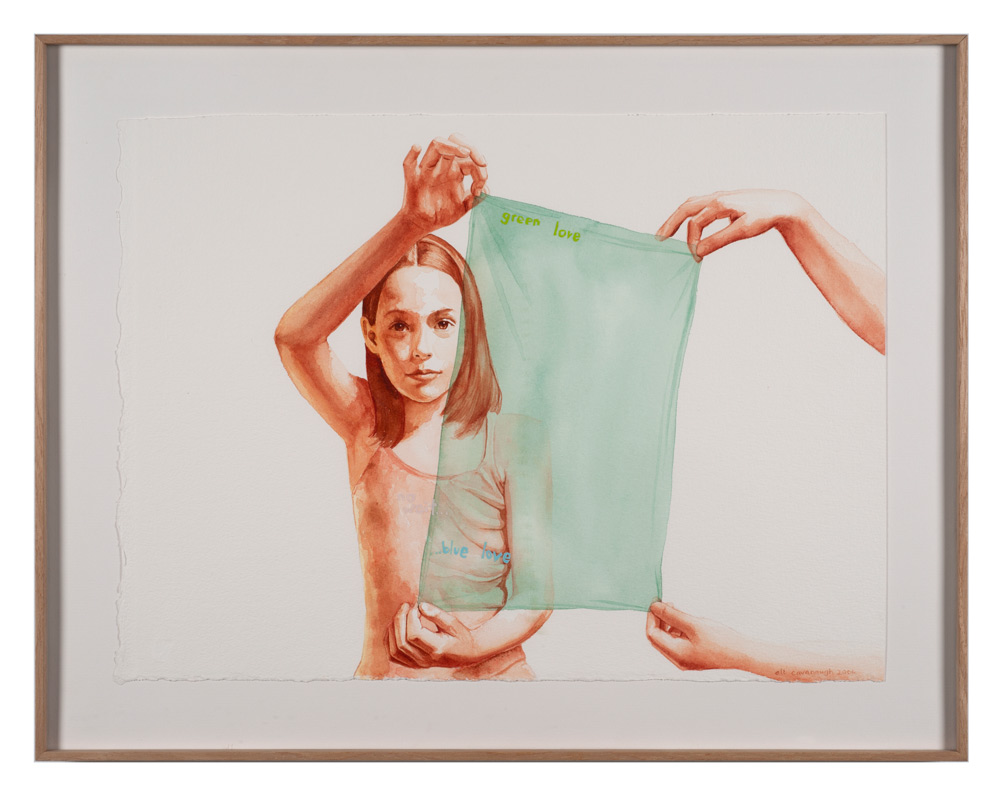
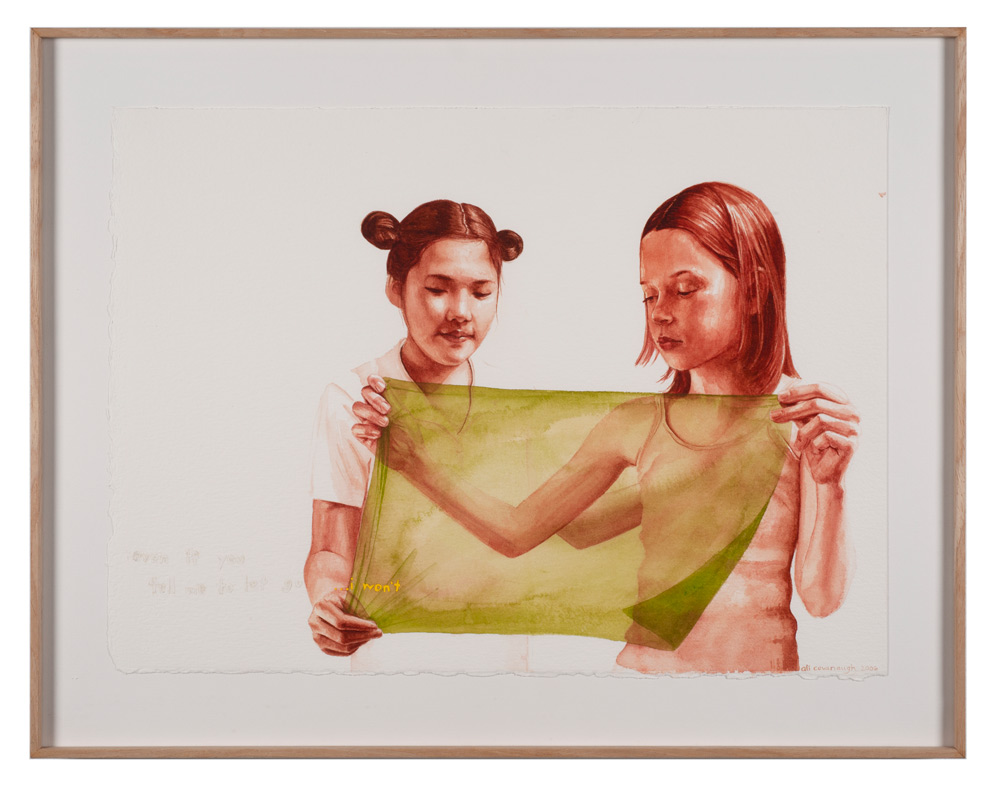
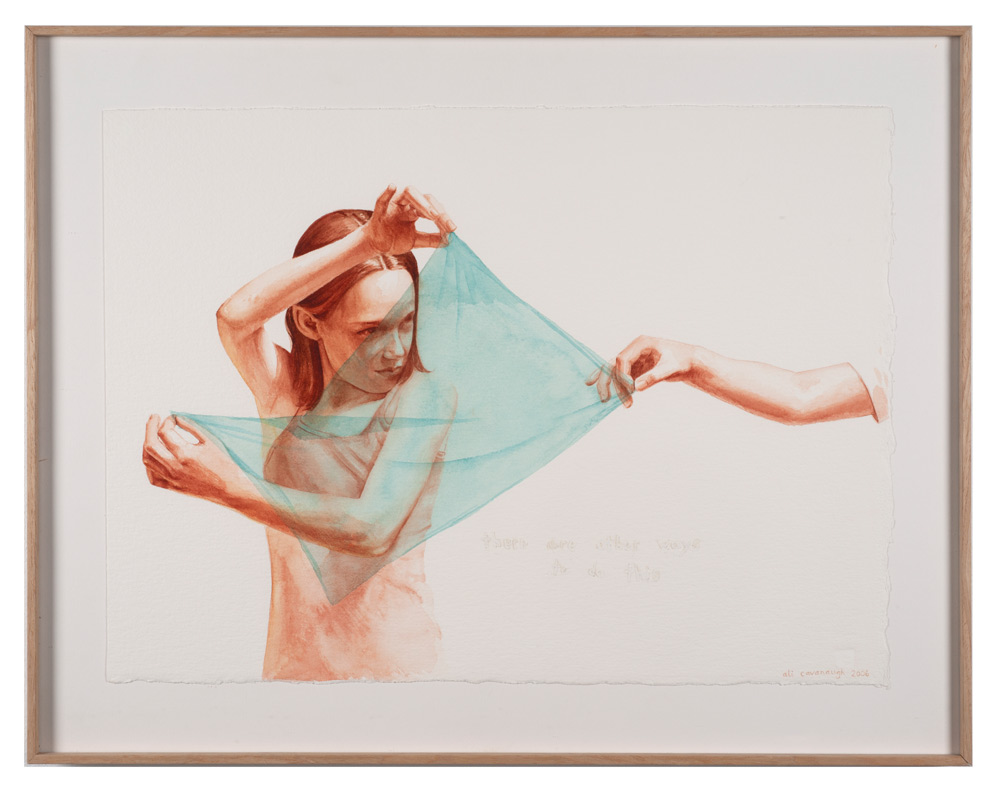
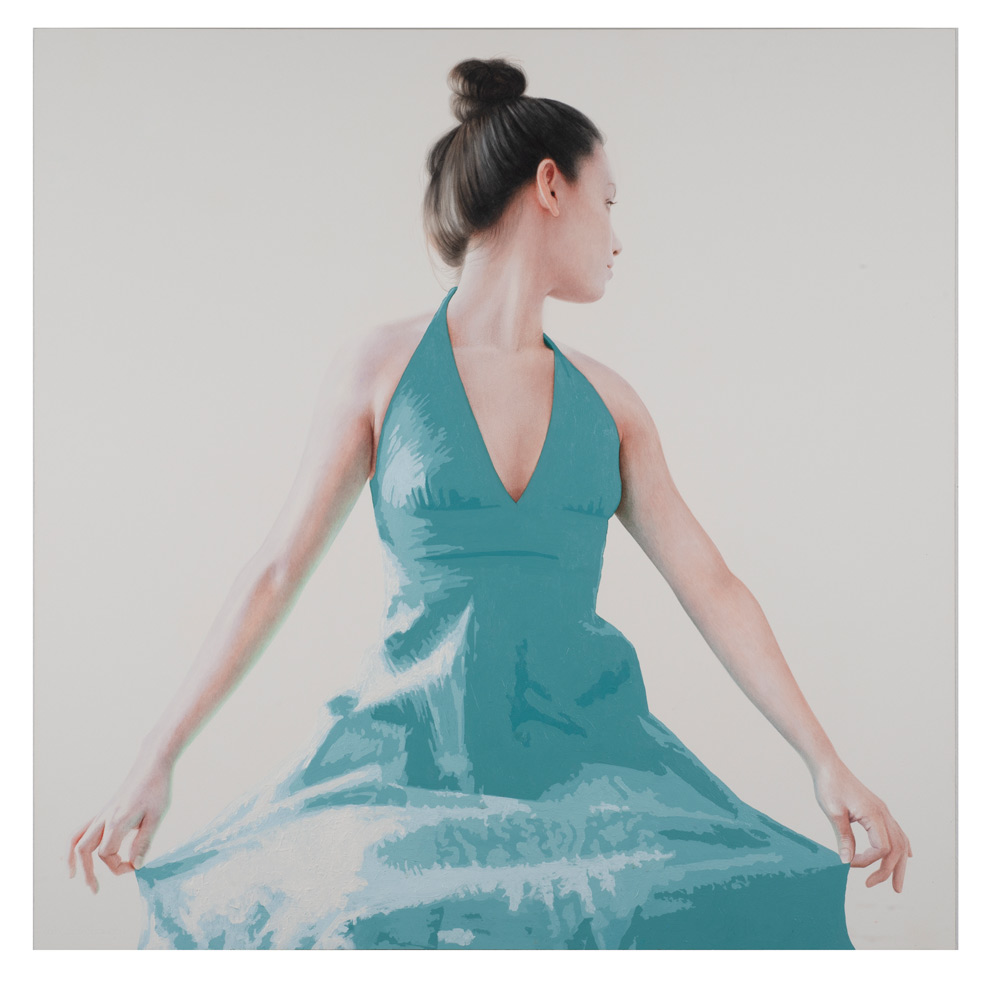
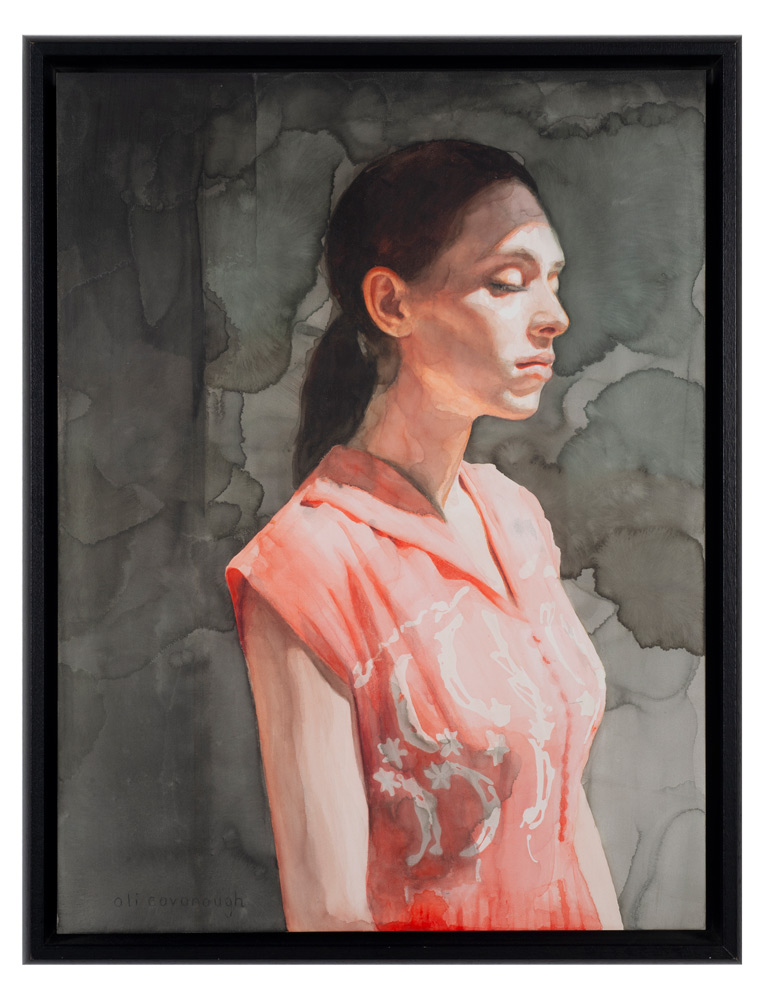
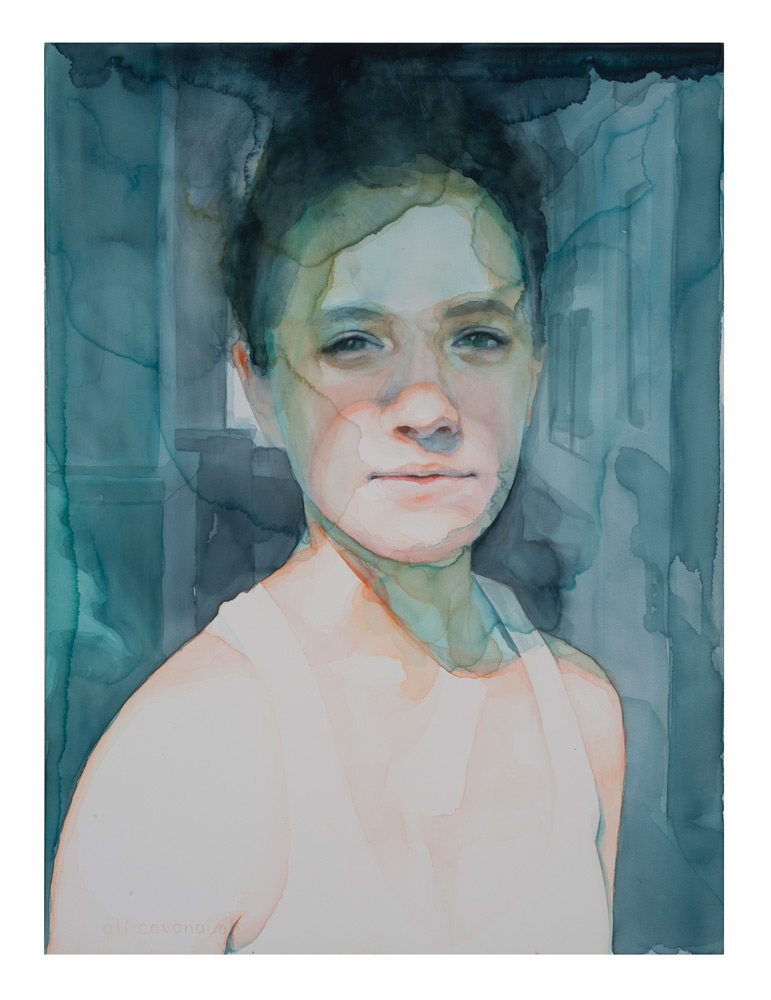
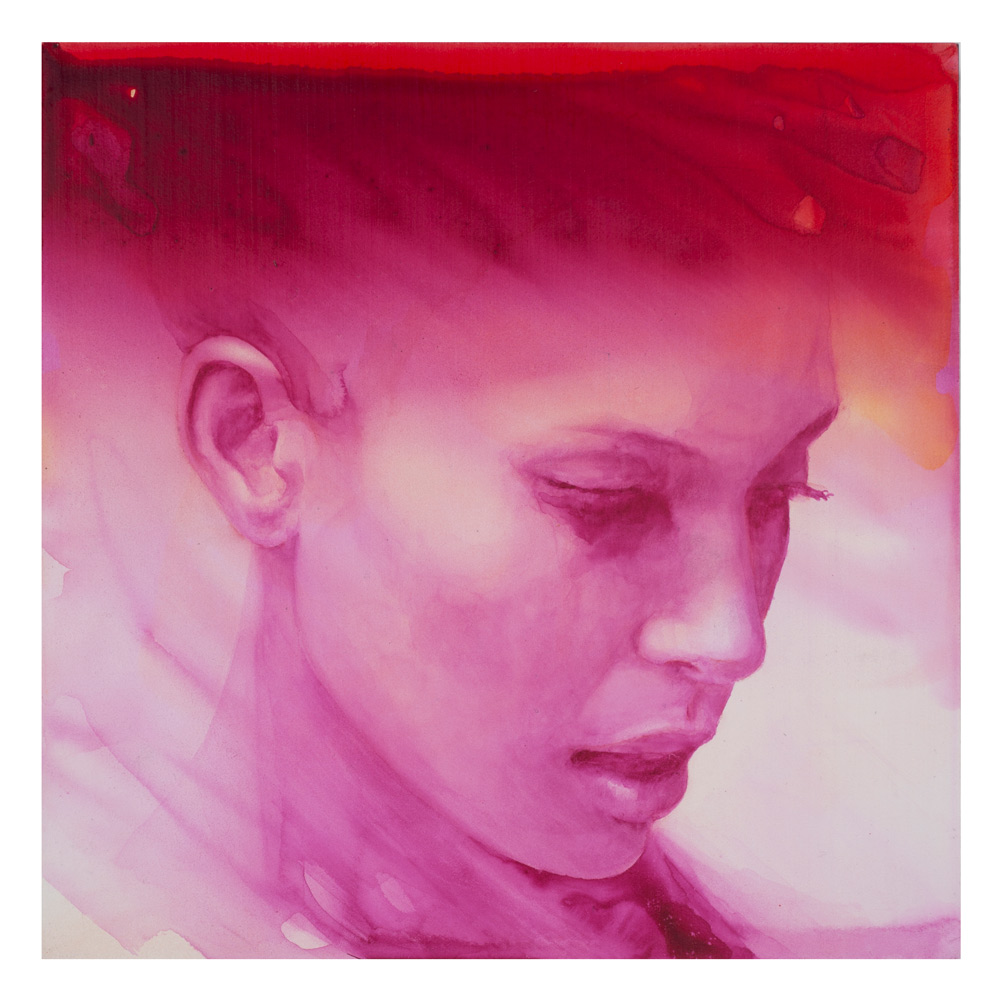
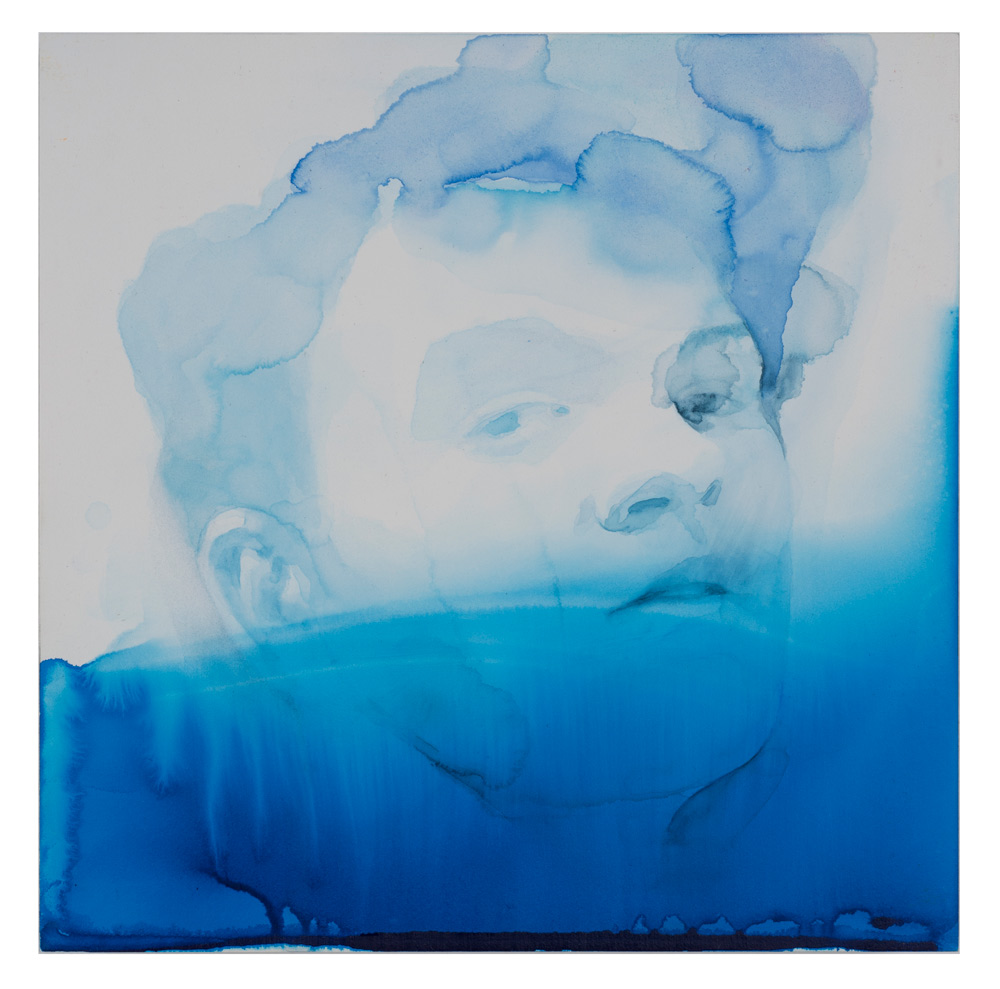
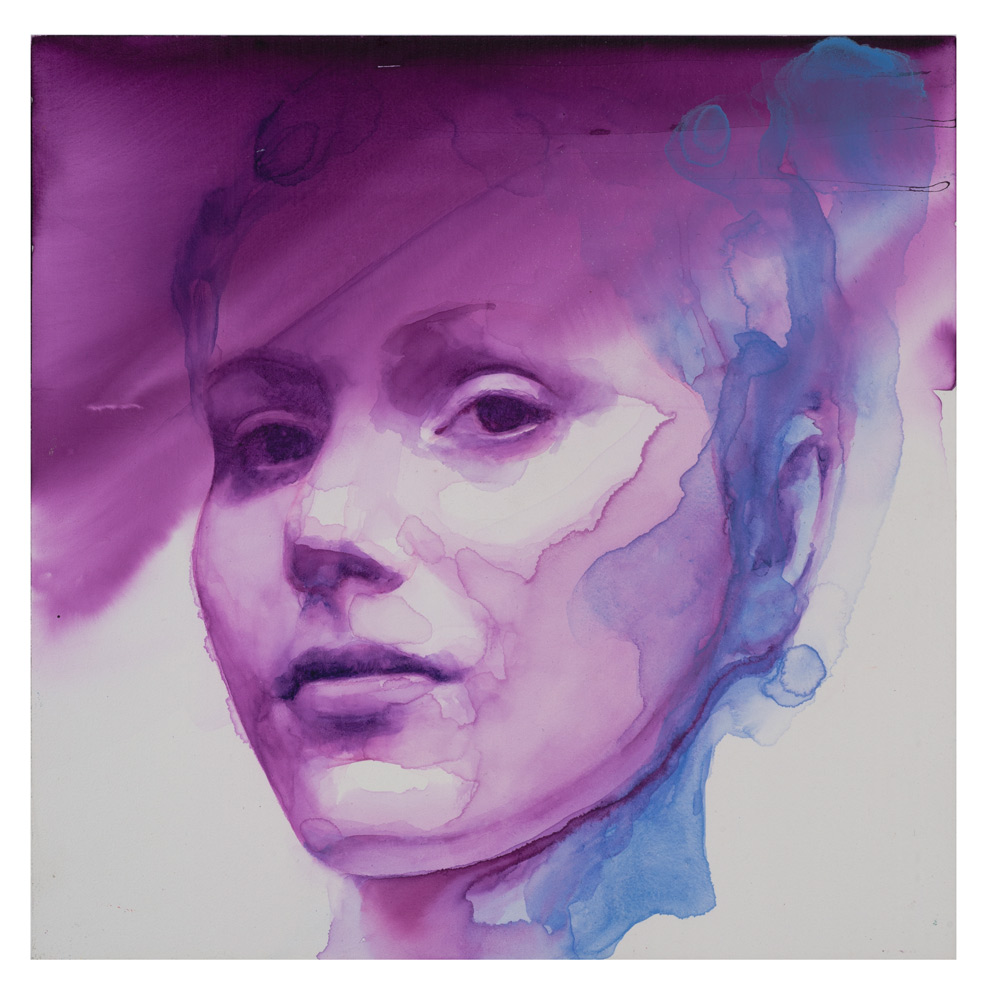
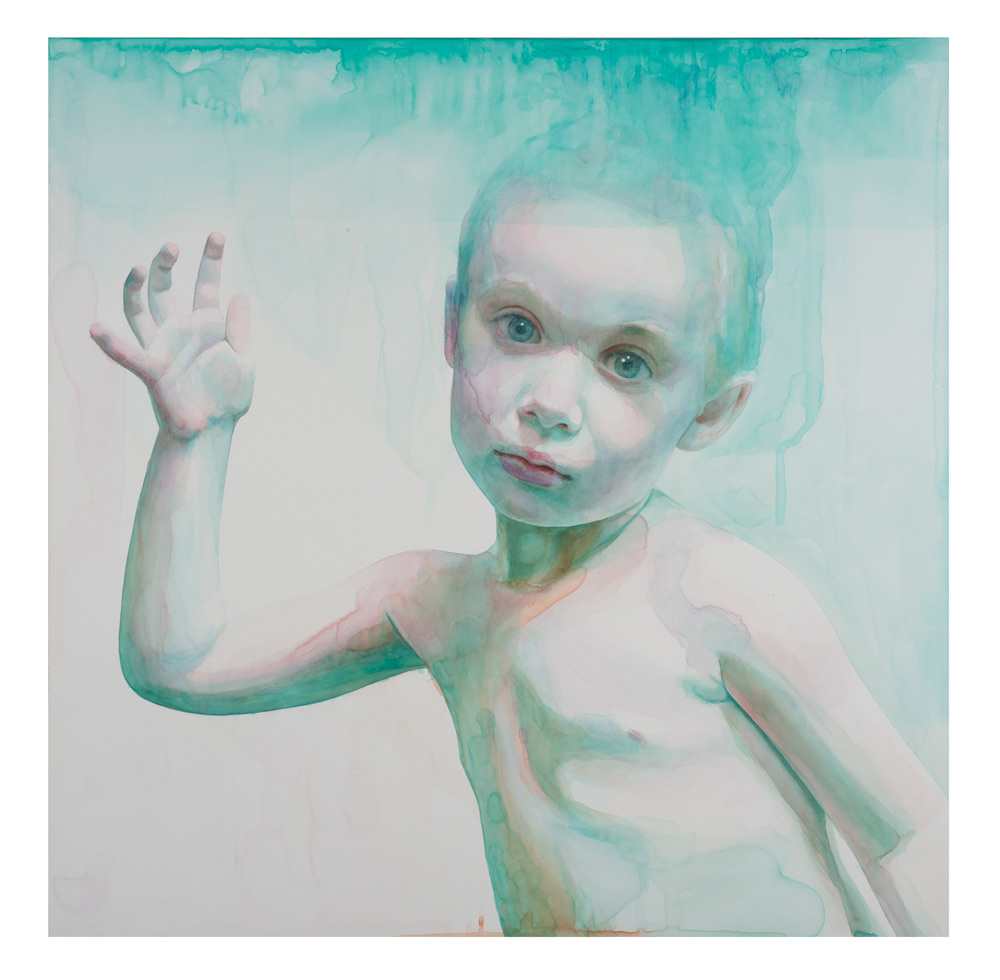
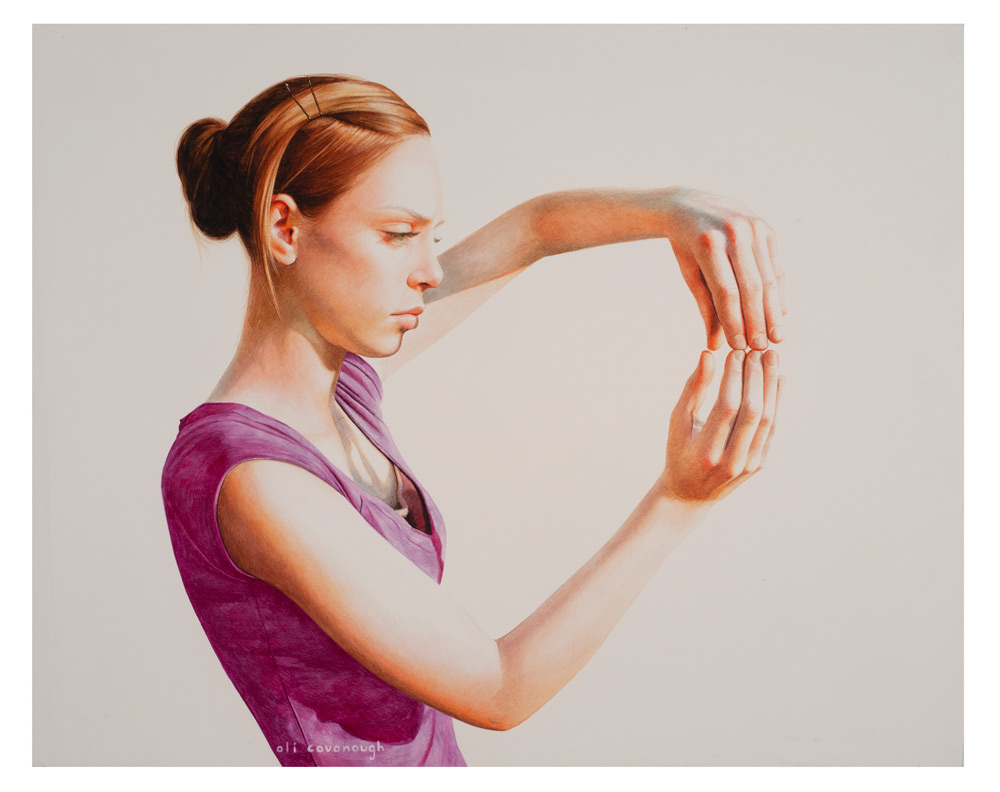
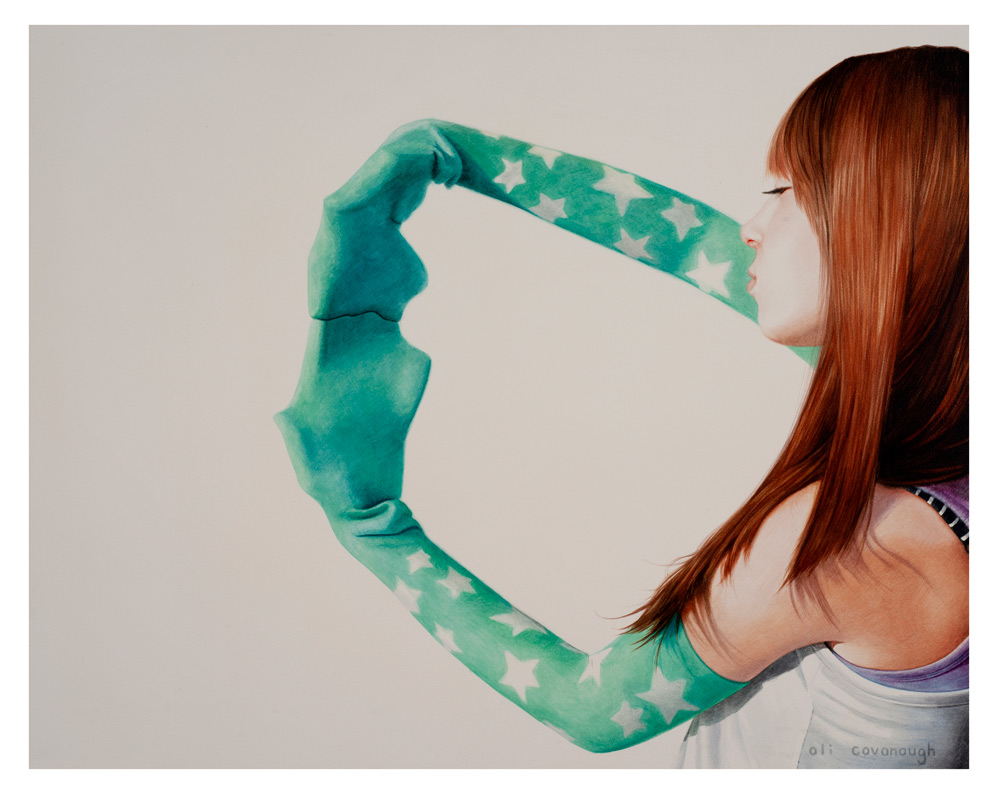
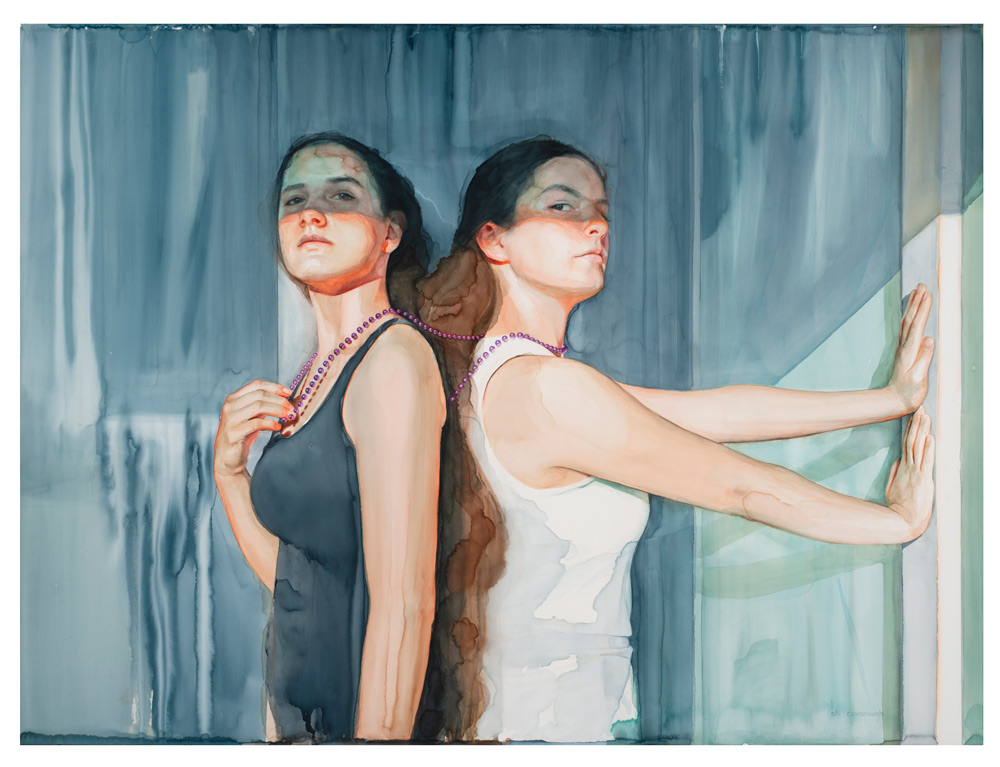
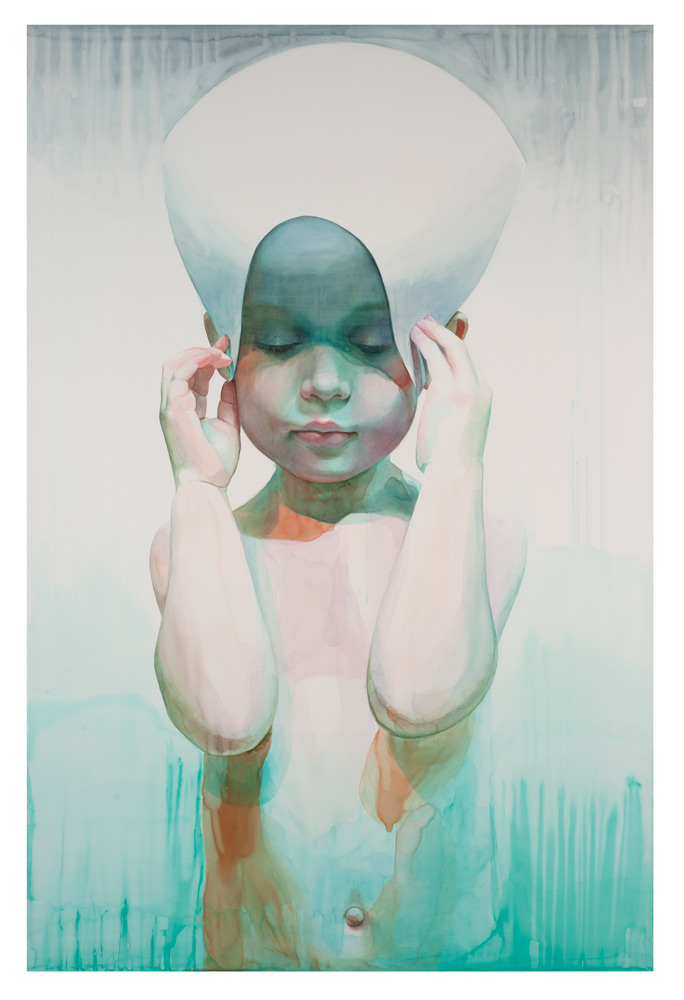
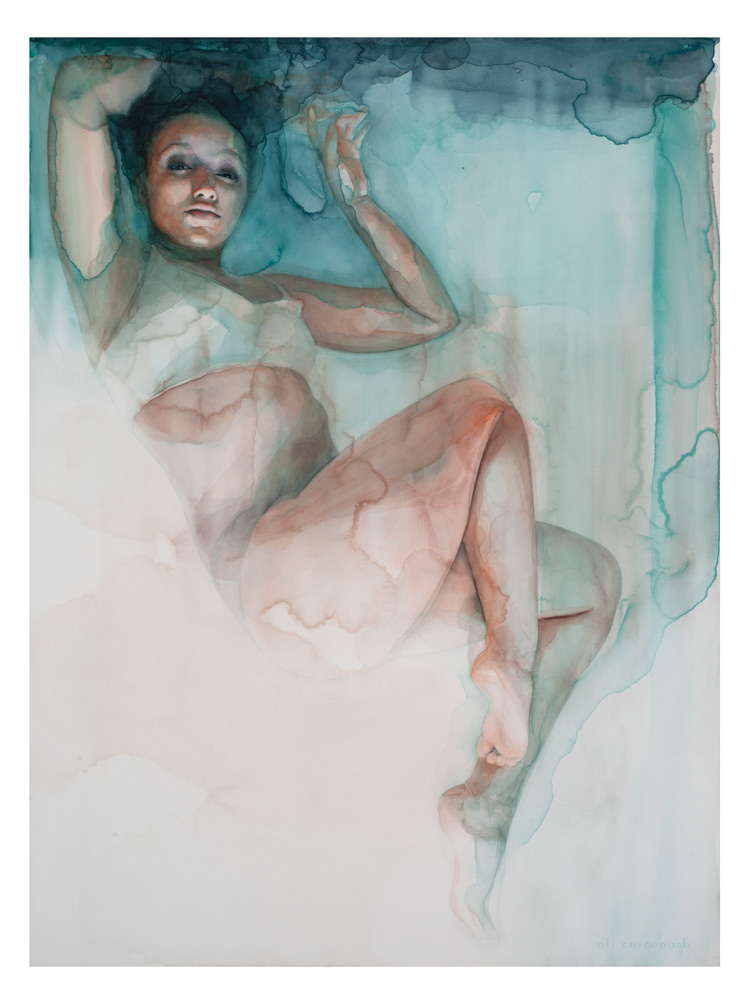
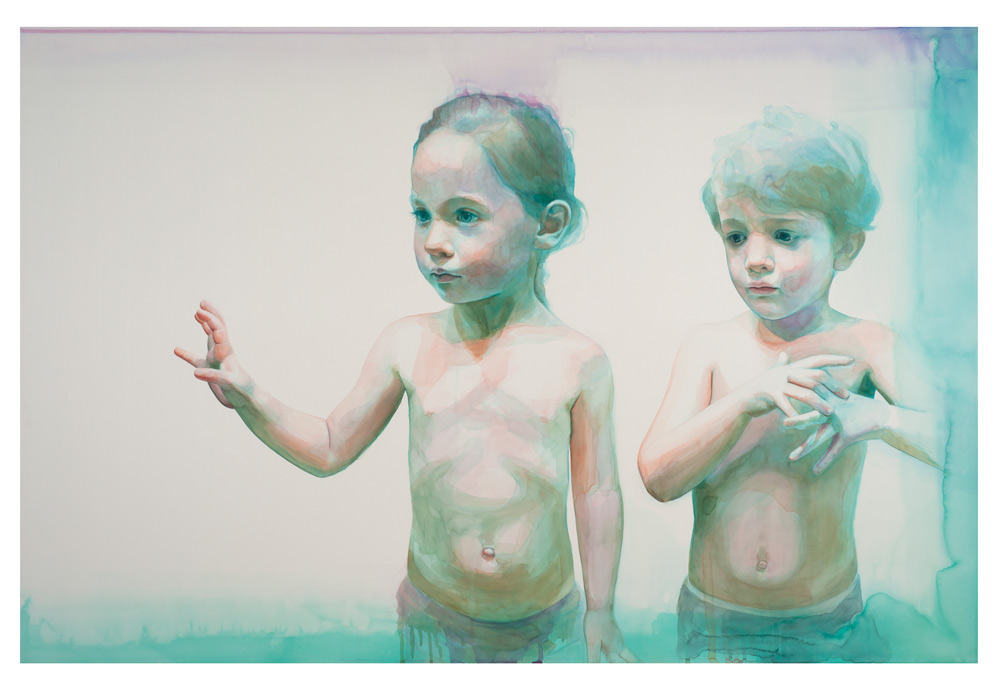
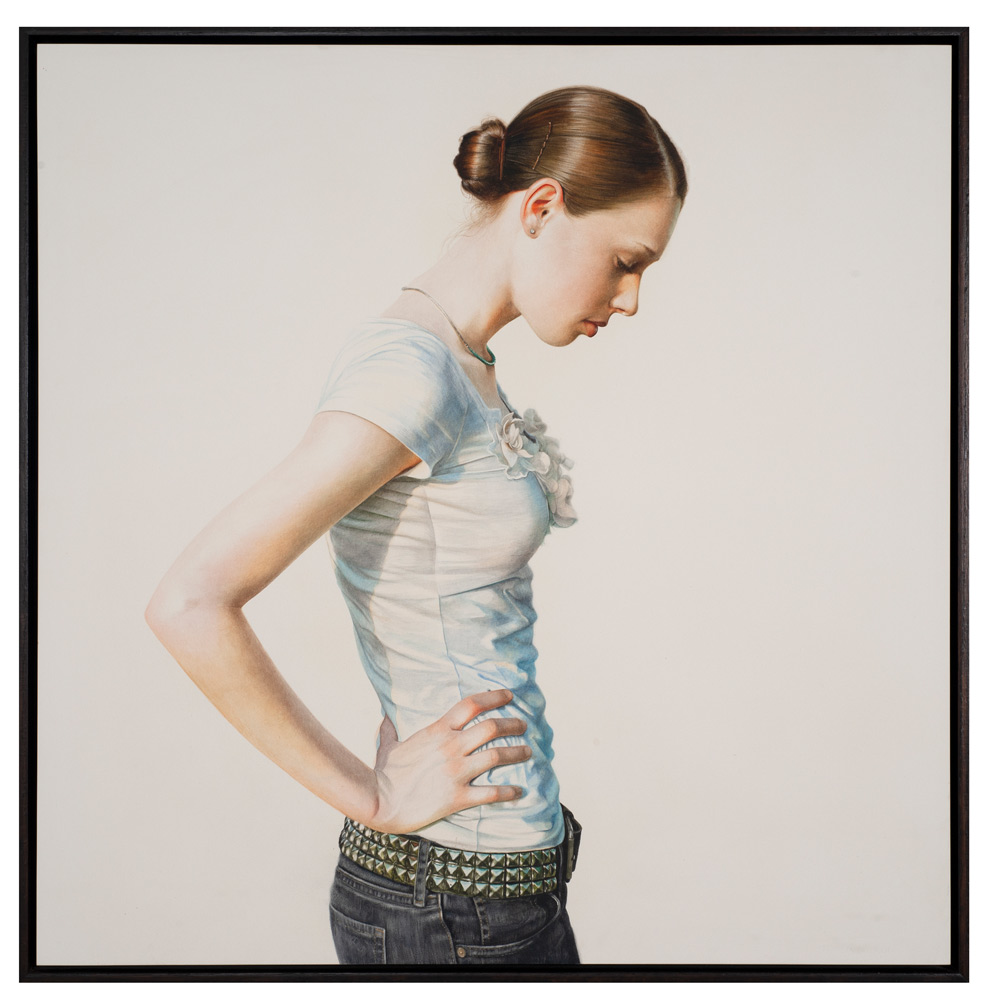
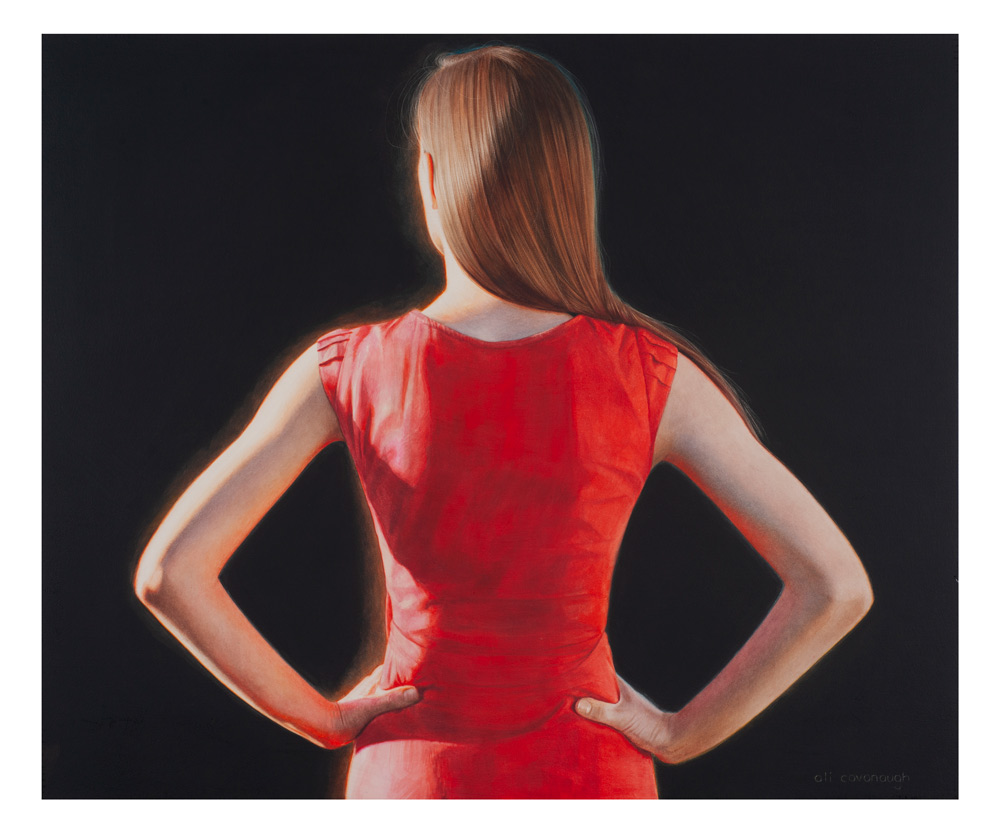
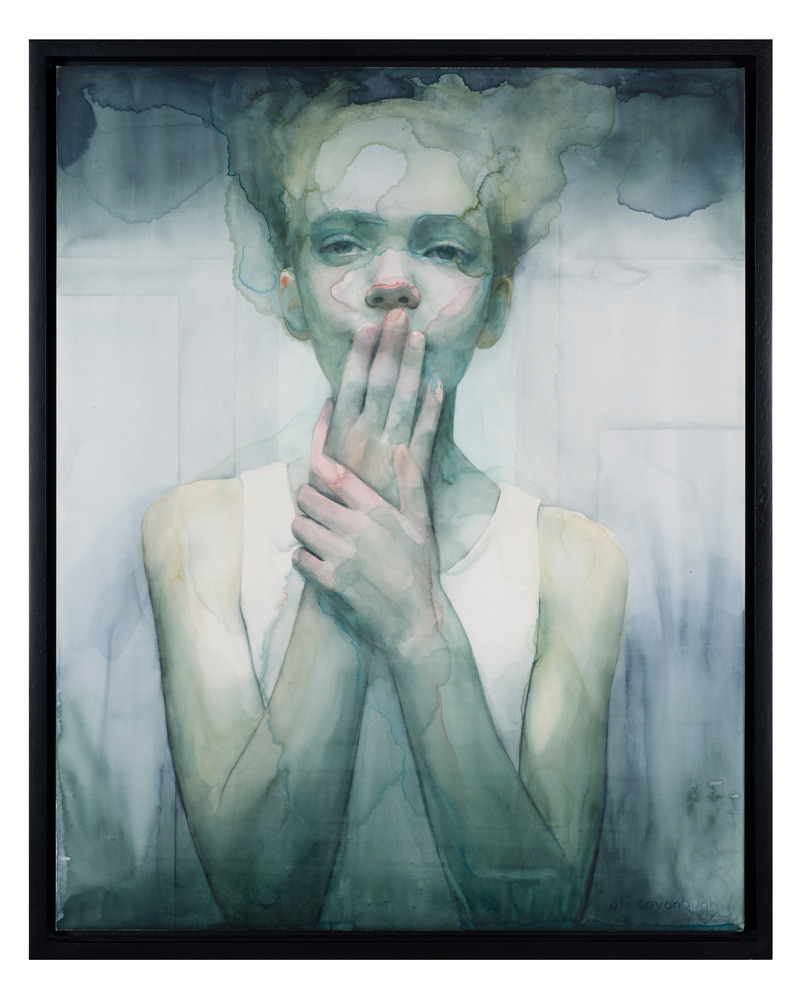
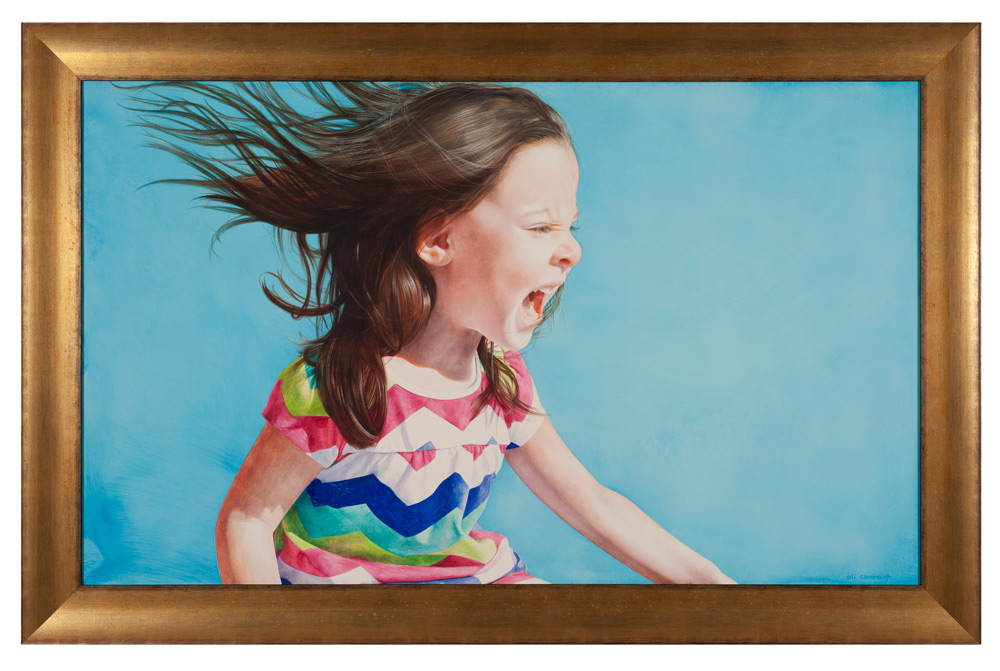
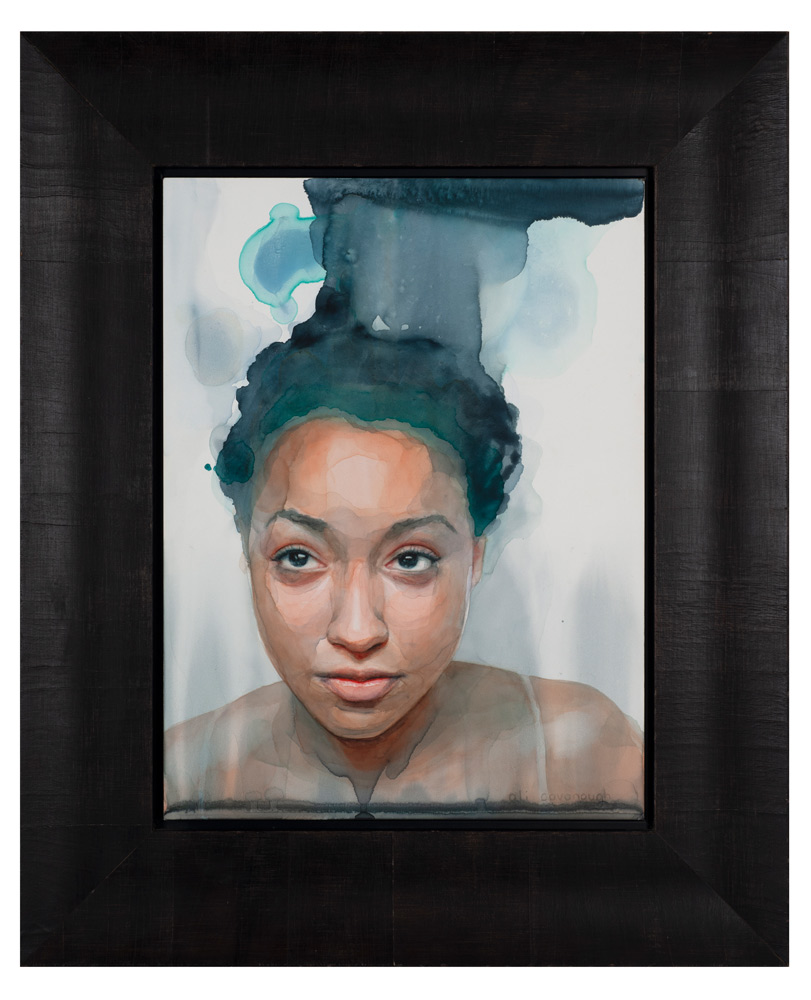
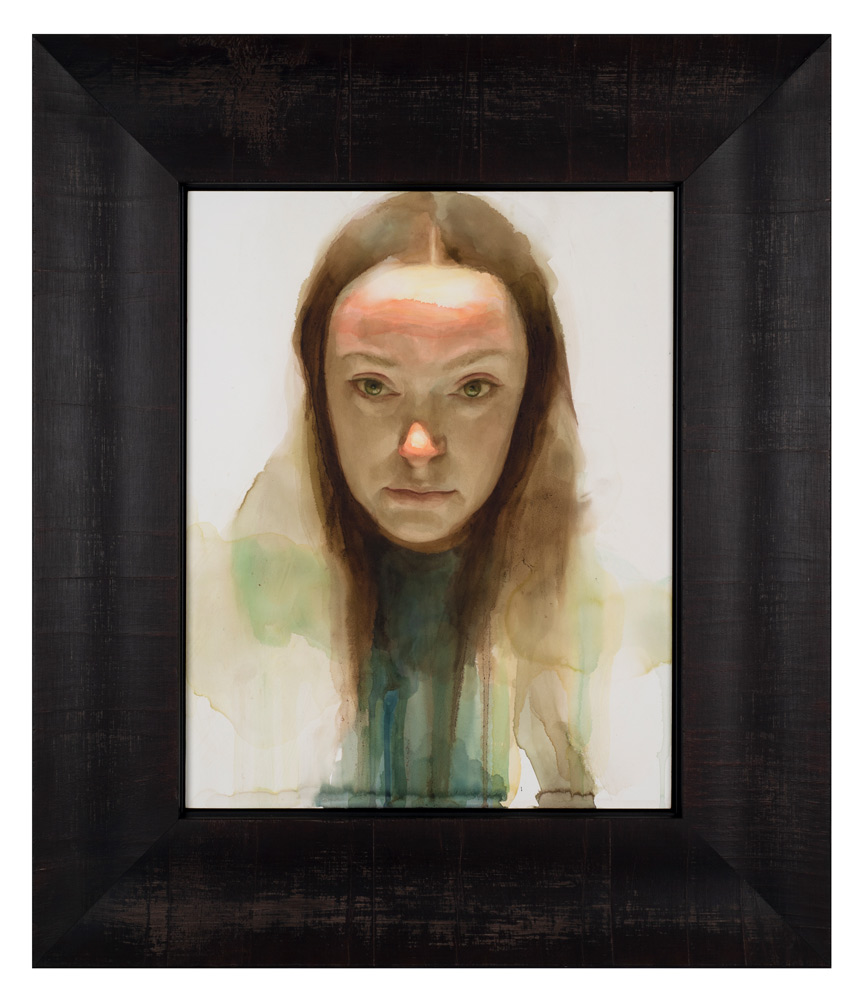
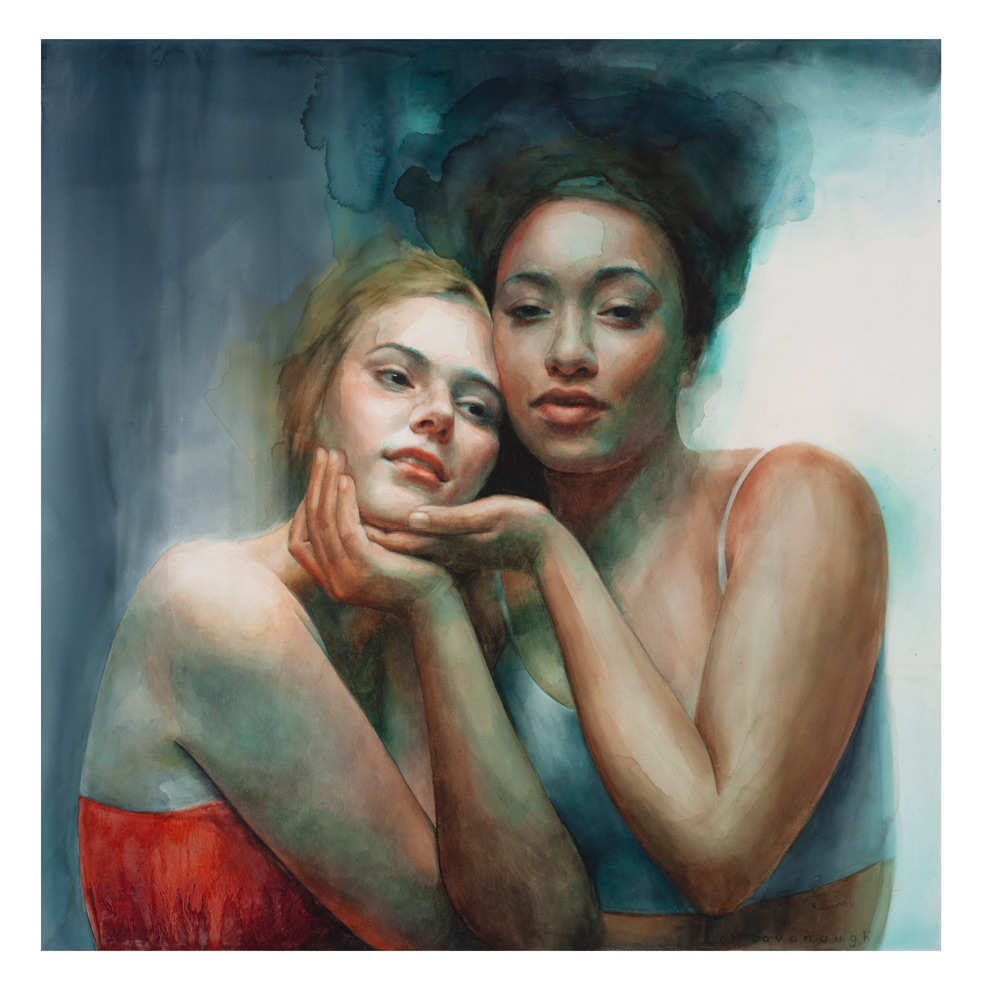

Recent Comments